Recently, we covered the general process for creating a link building strategy and starting to implement it to boost your business to all new heights. Now, it’s time to talk about making the most of that strategy through manual link building outreach.
This is a little more complicated than simply sending out emails, but don’t worry. We’re here to walk you through it step-by-step, and you CAN get the results you’re looking for.
Why is Link Building Outreach Important?
Link building outreach is similar to what marketing does for a product. Sure, the primary reason people want the product is because you’ve put a lot of effort into making sure it’s good, but a solid marketing campaign gets that product in front of more people.
That’s what link building outreach does. It helps you make the relationships you need to get your content, in front of a much larger audience faster.
What is Link Building Outreach?
Link building outreach is just like any other sort of outreach endeavor. Except, instead of trying to recruit new talent, find new manufacturers, or entice potential customers to convert, you’re reaching out to other website owners to create a mutual relationship that boosts both parties’ sites.
The goal is to speak to webmasters, company owners, and other authoritative members of the site’s controlling team and to ask them about linking back to your site in one of their articles.
That sounds easy, but just like everything else online, there are a lot of factors to consider. After all, you want to make sure you’re getting high quality links that look good and maintain your site’s reputation. Not garbage links that attach you to shady sites, irrelevant content, or anything like that.
Like every other part of your site, this should add value and provide your target audience with a genuine reason to bother with what you have to offer.
Focus on the content
Before diving into your manual outreach strategy, it’s crucial to focus on the quality of the content you want to share and link to on other websites. Content is king. Concentrate on crafting relevant and valuable content for your audience. Dive into search intent: What questions do people in your niche have? What needs do they have, and what type of content do they enjoy consuming? You can use free tools like answer the public to discover what people are searching for. The quality of your content is essential for increasing your organic traffic and for search engines to take notice. Now, shall we continue?
Here are the core concepts to look at when you start your manual link building outreach.
1: Show Discernment with Your Partnerships
First and foremost, you need to understand that not every link to your site is something you actually want. We’ll go into more detail about a certain type of low-quality partnership later, but in general, every site you’re working with should be reputable, well-known, and capable of adding value to your website.
Not every high-quality site is going to be a good match. For example, you might see that a famous culinary site gets millions of hits per day, and it has a track record for providing high-quality links to the sites it partners with. Except, your site has nothing to do with the culinary world. Not only is that site unlikely to accept your request, but even if it does, your link in their content won’t make any sense to that site’s target audience. That looks bad on both of you.
A great way to avoid that issue and find worthy partnerships quickly is to look at the sites that are linking to your top competitors.
Your top competitors have likely already started their link building outreach strategy, and they probably have a few sites linking to them already. They’ve already handled a lot of the vetting process for you assuming you’re in a well-developed niche and your competitors are high-quality site operators, as well.
This is a great way to get started, but your competitors might not have enough sites linking to them yet, and even if they do, there is no guarantee those sites will work with you. So, it’s a good idea to do your own digging with Google’s search modifiers. We’ve covered these in detail, and if you head over to that blog, you’ll find everything you need to get started.
Doing both of these things should give you a large enough list of sites to reach out to. Take some time and go over each one in depth to make sure they’re going to be great partners if you can strike a deal.
2: Avoid Link Farms
This is the special type of site we talked about earlier. When you start Googling things for link building, you’re going to get some results that will stand out like a sore thumb. These will be massive “blog” sites with loads of content stuffed to the gills with links to all kinds of companies. When you reach out, they’ll be excited to work with you for a price, and they’ll promise to give you all the links you could ever hope for.
Don’t do it.
Those are link farms, and they typically consist of a network of sites owned by the same person or group. They’re designed to link back and forth with one another to boost their performance and cheat the system, and they let sites pay to get links added to that content.
However, the content is all horribly made, generic, nonsense. You’re unlikely to get any real traffic from the links on these sites, but that’s not the main problem.
These are shady sites trying to cheat the system, and two things happen when you partner with them. You risk Google punishing your site for having bad links, and your site’s reputation drops considerably. Just being associated with such a low-quality site has negative consequences.
This seems like a cheap and easy way to get a boost, but it’s not worth it.
Making a Contact List
So far, you have a long list of sites you’re interested in partnering with. They have great sites relevant to your niche, and they seem to perform extremely well.
The next thing you need is a list of people to get in touch with.
This isn’t a difficult process, and there are three great ways to go about it. Make sure for each of these methods you focus on getting the company’s email and the name of the person handling emails if it’s available.
1: Search Their Sites
First, you can take the old-fashioned route and check each site manually. You’ll usually find contact info on the “About” or “Contact Us” page. From a professional standpoint, you want to look for emails. These sites are inundated with people contacting them via every method constantly, and an email allows them to get back to you when it’s convenient for them. Leave phone numbers and sign-up sheets to their customers.
2: Check Facebook
Sometimes, sites don’t have contact information for B2B purposes, and you don’t want to use customer-oriented contact methods in most cases. Just the company’s general email.
Luckily, many business owners will list this information on their social media pages. You don’t need to check every type of social media to find them. Facebook is usually the best spot, and it’s almost always right there at the top of their profile page.
3: Use a Tool
There are also tools available to automate this process. Hunter.io and snov.io are two great options with free trials, but there are other tools you can find with a quick Google search.
These online tools essentially skim webpages for contact information and compile it for you. This takes all the hands-on work out of the equation, and you can focus on reaching out!
Handling Manual Link Building Outreach Effectively

Finally, it’s time to start making lasting relationships. This is the most important part of the process, and you need to handle it properly, but you’ve got this.
Just follow these few simple steps.
1: Use the Likely Recipient’s Name
You don’t want to write one generic email and send it to everyone you’re pursuing. You need to make your email stand out, and the best way to start is to personalize it with the name of the person most likely to be reading it.
You can’t always get this one right. There might be multiple people on the team handling that, or the person listed might be the company lead while an assistant handles emails.
Sometimes, the person responsible for emails will be listed in the email address itself, or the contact information will tell you who to expect. If that’s not there, consider finding out who the webmaster is, or address it to the person listed as the head of the company.
Use this name wherever it’s appropriate throughout the email. It’ll show that you put effort into crafting a custom email instead of jotting a name into a generic one.
2: Personalize with Details
Addressing the person most likely to deal with the email is great, but you want the whole email to be unique. Make sure you bring up details about why their site would be a great match, and make sure you list characteristics that are unique to them.
Talk about their content, the way their site is laid out, and similar things that are specific to them.
3: Do Not Write for SEO
SEO is necessary, and the online world is driven by it. Unfortunately, that means that people are constantly exposed to it, and it’s an instant tell-all that you’re just drumming up marketing fluff.
When you write this email, write it professionally, but make sure you’re writing it naturally and for the sole purpose of communicating to the person reading it. You’re not trying to reach a target demographic. You don’t need SEO for this.
4: Explain What You Bring to the Table
Link-building partners aren’t going to agree to help you out of the kindness of their hearts. This is still business. You’re trying to build a mutually beneficial relationship. As such, take a moment to let them know what you bring to the table and how partnering with you will help their site as well. Talk about your top-performing content’s metrics, the size of your audience, etc.
5: Automate with an Outreach CRM
If you have a really long list of sites to reach out to, you might want to consider using a CRM, for example, BuzzStream.
BuzzStream is a platform that streamlines, and somewhat automates, your outreach efforts by organizing everything for you.
This can greatly speed up the process, but make sure you’re still personalizing each email specifically to the recipient.
Wrapping it Up: What Do You Do, Now?
Now, it’s just a waiting game. You’ve sent your emails, made sure to customize them all, and hopefully, you’re about to impress new partners.
This process can be the most stressful, but it is the easiest.
All you really need to do is refrain from sending more emails. They got the first one, and they’re spammed with thousands of emails per day. Making follow-up emails can make you look like a spammer, or it might annoy them to the point that they don’t want to partner with you. Trust the process.
This can be an ongoing process that takes multiple cycles of the process we’ve outlined, but it’s worth it. Each time, accept the answer you get, wait until you have responses from everyone or plenty of time has passed, and try again to keep building.


